10 Breathtaking Graphic Design Trends For 2025

Source: Gibran Gomes, Random Illustrations #4, Behance, https://www.behance.net/gallery/101512149/Random-Illustrations-4
As we step into 2025, the graphic design landscape is poised for a transformative shift, marked by an exciting array of trends that promise to redefine the aesthetics of this dynamic field. These emerging trends reflect a blend of technological advancements, cultural shifts, and a deeper understanding of consumer engagement. From the resurgence of bold color palettes to the innovative use of augmented reality, each trend holds the potential to create visually compelling and strategically effective designs.
This article delves into the top 10 graphic design trends that are set to captivate professionals and audiences alike. Prepare to explore how these trends can not only enhance visual appeal but also offer new ways to connect with the audience in an increasingly digital world.
Simplified Branding
In the realm of graphic design trends for 2025, Simplified Branding stands out as a pivotal movement, steering away from the complex and towards the minimalistic. This trend emphasizes clarity and recognizability in brand identity by stripping down designs to their fundamental elements. Simplified branding isn't just about using fewer colors or elements, but rather about enhancing the core message that a brand wishes to communicate. This approach allows for instant recognition across various platforms and devices, crucial in a world where consumer attention spans are increasingly short. Additionally, simplified logos and typefaces facilitate better scalability and versatility, making them effective across digital and physical mediums.
By focusing on simplicity, designers are able to create timeless brands that resonate well with a modern audience, ensuring that each interaction is potent and meaningful. As brands continue to navigate the crowded digital space, the clean and distinct visual identities forged by this trend will become invaluable tools for standing out and connecting with consumers on a deeper level.
Vivid Color Schemes
Vivid Color Schemes are set to dominate the graphic design landscape in 2025, bringing an energetic and bold aesthetic to the forefront of digital and print media. This trend leverages the psychological power of color to capture attention and evoke emotions, utilizing saturated hues to make a memorable impact. Designers are increasingly experimenting with unconventional color combinations that challenge traditional aesthetics, aiming to inspire and engage audiences in new ways. These vibrant color palettes are not just about aesthetics but are also strategic, enhancing brand recognition and user engagement. The use of vivid colors can be particularly effective in digital interfaces where visual distinction is key to user navigation and interaction.
Moreover, these dynamic schemes are adaptable to various design needs, from minimalist to maximalist, providing flexibility while maintaining visual interest. As we move into 2025, expect to see more brands adopting bold colors to differentiate themselves and speak directly to the tastes and values of a diverse, global audience.
Immersive 3D Designs
The graphic design landscape in 2025 will be significantly shaped by the integration of immersive 3D designs, standing out as a leading trend under the umbrella of graphic design trends. This evolution in design is not merely about aesthetics; it's about creating depth and realism that engage users on a new level. As digital screens become more sophisticated, designers are leveraging 3D technology to produce visuals that are not only eye-catching but also enhance the user experience.
From websites and mobile apps to advertisements and social media graphics, 3D elements offer a sense of interaction and presence that flat designs cannot match. This trend is particularly effective in the fields of virtual reality and augmented reality, where 3D components play a critical role in creating compelling, immersive environments. By simulating real-life textures and lighting, 3D designs help brands create more impactful, memorable interactions with their audiences.

Source: VAGO, Illustrations & Characters 2020, Behance, https://www.behance.net/gallery/110765989/Illustrations-Characters-2020
AI-Assisted Creativity
Artificial Intelligence (AI) is set to revolutionize graphic design trends by 2025, enhancing creative processes through AI-assisted tools. This trend sees AI not as a replacement for human creativity but as an augmenting force that can generate ideas, automate tasks, and refine design elements, allowing designers to focus on innovation and complex problem-solving.
AI's capability to analyze vast amounts of data can also predict design trends and user preferences, helping designers create more effective user experiences. Tools like Adobe Sensei are leading the way, offering features that automate mundane tasks like cropping photos and matching colors, thus speeding up the design process. AI also facilitates personalization at scale, enabling brands to offer customized designs that cater to individual user preferences without a significant increase in time or cost.
Augmented Reality Experiences
Augmented reality (AR) is transforming graphic design, creating immersive experiences that blend digital elements with the real world. As one of the most dynamic graphic design trends of 2025, AR allows designers to deliver innovative interactions that enhance consumer engagement. This technology is particularly impactful in marketing, where AR can turn static images into interactive scenes that tell a brand’s story in compelling ways.
For instance, through AR-enabled apps, users can see how a product might look in their environment before making a purchase decision. In educational contexts, AR can bring complex data to life, providing a visually engaging way to understand information. As hardware and software continue to evolve, the use of AR in graphic design is expected to grow, pushing the boundaries of how brands connect with their audiences. The ability to create these layered, context-enhanced experiences is not only captivating but also sets a new standard in personalized user interactions.
Data Visualization Art
In the realm of graphic design trends, data visualization art stands out by transforming complex data sets into compelling visual narratives. This 2025 trend highlights the growing importance of information aesthetics in graphic design, where data is not only presented clearly but also engagingly. Designers are utilizing advanced tools and techniques to create visualization that not only simplifies the intricate data but also makes it visually appealing.
This approach is particularly valuable in a data-driven world where stakeholders from various sectors rely on quick data interpretation and insights. Effective data visualization art can make abstract numbers and statistics accessible and understandable to a broad audience, enhancing decision-making processes and communication. As more organizations recognize the power of visually interpreted data, the demand for innovative data visualization will increase, pushing designers to explore new aesthetics and methods in their creations.
3D Design and Typography
The evolution of 3D design and typography is one of the most transformative graphic design trends in 2025. This trend leverages the depth and realism of three-dimensional visuals to give designs a standout quality that flat typography and graphics cannot match. With advancements in digital design tools and rendering software, designers are now capable of incorporating 3D typography into everyday media, from digital advertisements to web interfaces and beyond. These designs are not just visually appealing but are also used to create a tactile sense in digital spaces, enhancing user engagement through the illusion of touch and depth.
The use of 3D typography can make messages more impactful by adding a layer of immediacy and emphasis that attracts viewers’ attention and retains it longer than traditional 2D designs. This trend is particularly prevalent in user interface designs, promotional materials, and branding efforts, where conveying messages in a visually compelling way is crucial. As 3D design tools become more accessible, expect to see continued innovation in how text is integrated into multimedia experiences.

Source: Hyeojun Kim, 2022 MEP: Groovy Grove, Behance, https://www.behance.net/gallery/189511067/2022-MEP-Groovy-Grove
Neo-Brutalism
Neo-Brutalism, a standout among graphic design trends for 2025, revisits the stark, bold elements of mid-20th-century Brutalism with a modern twist. This trend is characterized by its raw, unpolished aesthetics, often showcasing simple, rugged textures and a monochromatic color palette. Neo-Brutalist designs emphasize minimalism and functionality, stripping away unnecessary decorations to focus on the rawness of the materials and the form itself. In digital design, this translates to clean, crisp interfaces that prioritize usability and straightforward communication over ornate design elements.
The resurgence of Neo-Brutalism in the digital space can be seen in websites and apps that embrace strong, grid-based layouts and rugged typefaces that challenge the sleek, polished interfaces typical of previous years. This approach not only appeals to a niche market looking for authenticity and simplicity but also reflects a broader cultural shift towards transparency and durability in design. As this trend gains momentum, it underscores a shift in consumer preferences towards designs that convey stability and resilience.
Motion Graphics and Animation
As we explore the evolving landscape of graphic design trends in 2025, Motion Graphics and Animation emerge as key players in enhancing digital narratives. This trend capitalizes on dynamic visuals to tell stories that are not only captivating but also highly informative. With advancements in software and technology, motion graphics offer a fluid, immersive experience, transforming static images into engaging sequences that hold the viewer's attention. These animated elements are particularly effective in digital marketing, where they can convey complex information quickly and memorably.
They also play a crucial role in user interfaces, where animated interactions enhance usability and enrich the user experience. As brands strive to stand out in a saturated digital world, incorporating motion graphics allows them to create a sense of life and motion that can provoke emotional responses and drive engagement. In 2025, expect to see a surge in the use of motion graphics across all platforms, as designers push the boundaries of traditional graphic design to create more interactive and visually compelling content.
Inclusive Visuals
Inclusive Visuals are becoming a cornerstone of graphic design trends in 2025, reflecting a broader societal shift towards diversity and inclusion. This trend focuses on creating designs that resonate with a wide array of cultural, age, gender, and racial demographics. By incorporating visuals that represent a variety of human experiences, designers can foster a sense of belonging and accessibility in their projects. Inclusive design goes beyond mere representation; it involves thoughtful consideration of color schemes, imagery, and subject matter that are sensitive and appropriate for all audiences.
This approach not only enhances the user experience but also strengthens brand integrity by showing a commitment to social values. Additionally, inclusive visuals help brands reach a broader audience, ensuring that their messages are not only seen but also resonate deeply with diverse groups. As we move forward, the emphasis on inclusivity will only grow, urging designers to be more mindful and creative in how they depict the world and its inhabitants in their work.
Conclusion
The graphic design trends of 2025 offer a diverse palette of techniques and styles that cater to evolving consumer preferences and technological advancements. From the embrace of simplified branding to the dynamic use of motion graphics, these trends are shaping a vibrant and inclusive visual culture. Designers must stay ahead by adapting these trends, ensuring their work not only captivates but also communicates effectively across various mediums. Embracing these trends will be key to crafting designs that are not only visually striking but also strategically impactful in the ever-evolving landscape of graphic design.
Let Us Know What You Think!
Every information you read here are written and curated by Kreafolk's team, carefully pieced together with our creative community in mind. Did you enjoy our contents? Leave a comment below and share your thoughts. Cheers to more creative articles and inspirations!

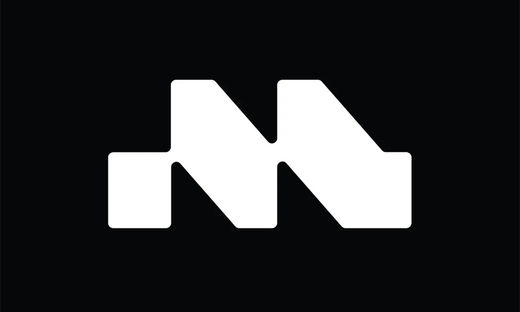
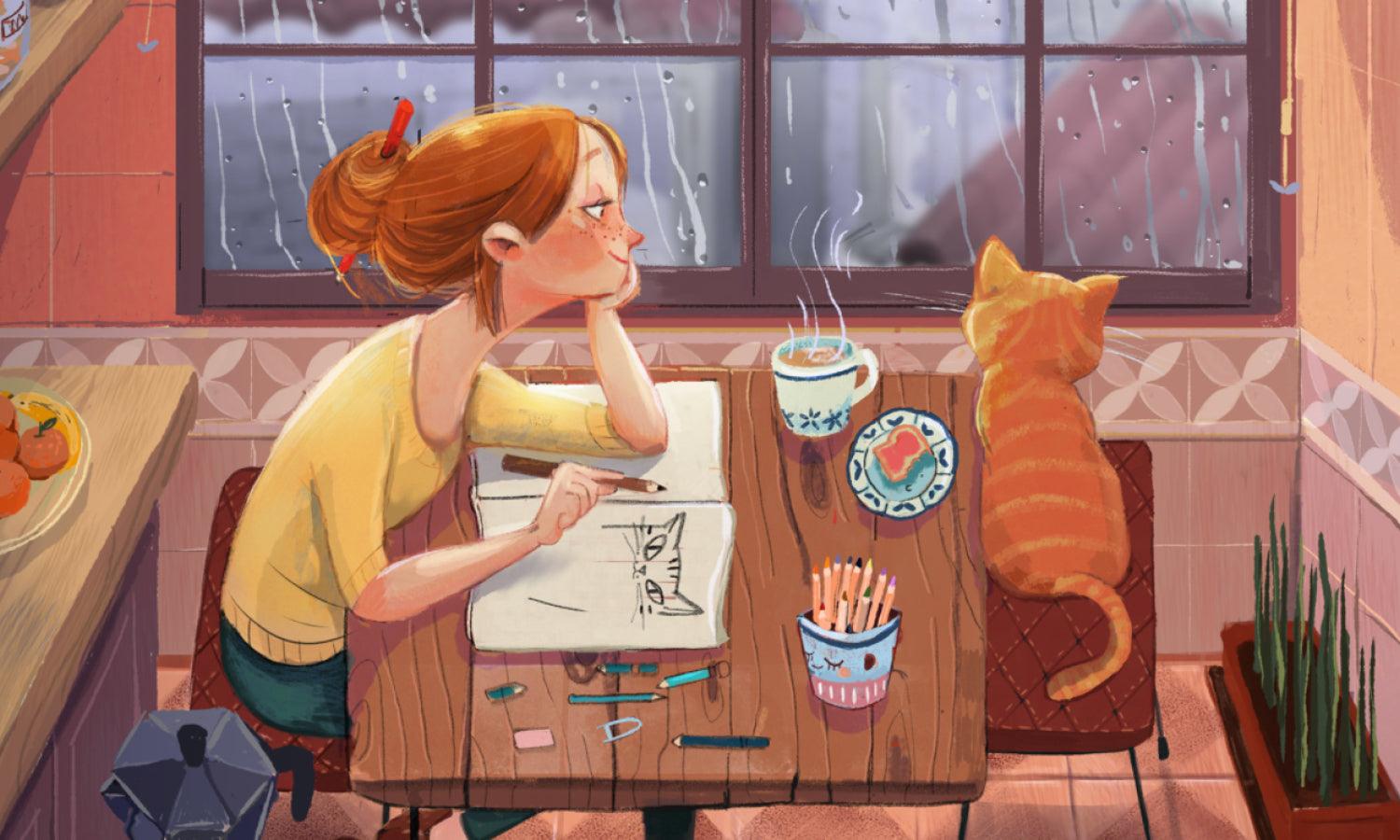

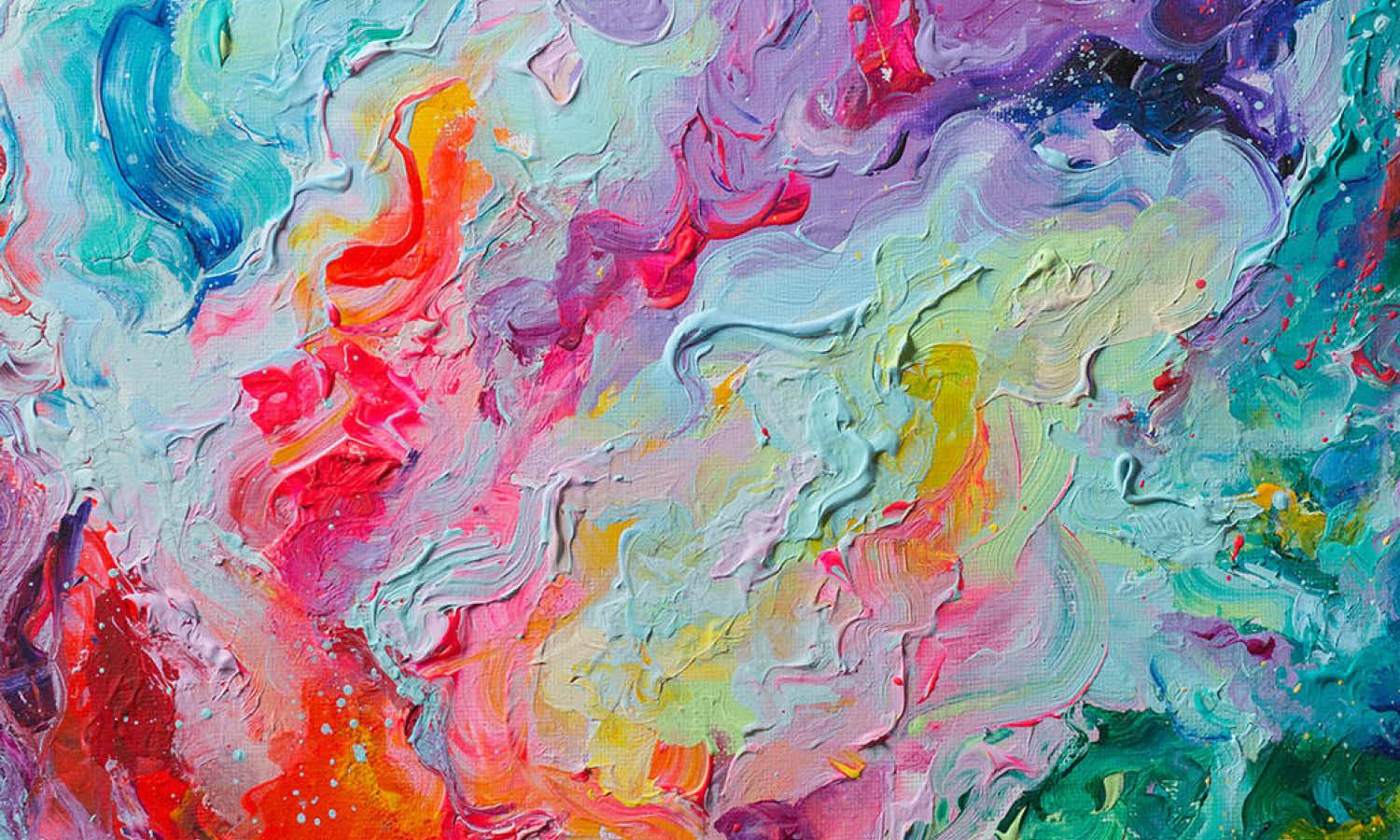
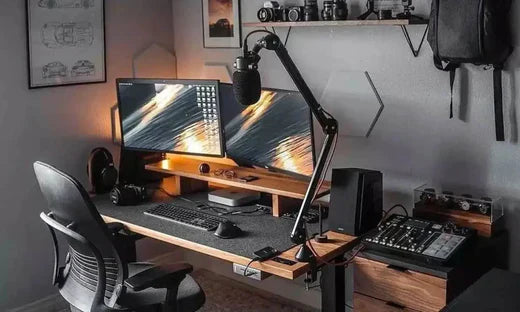

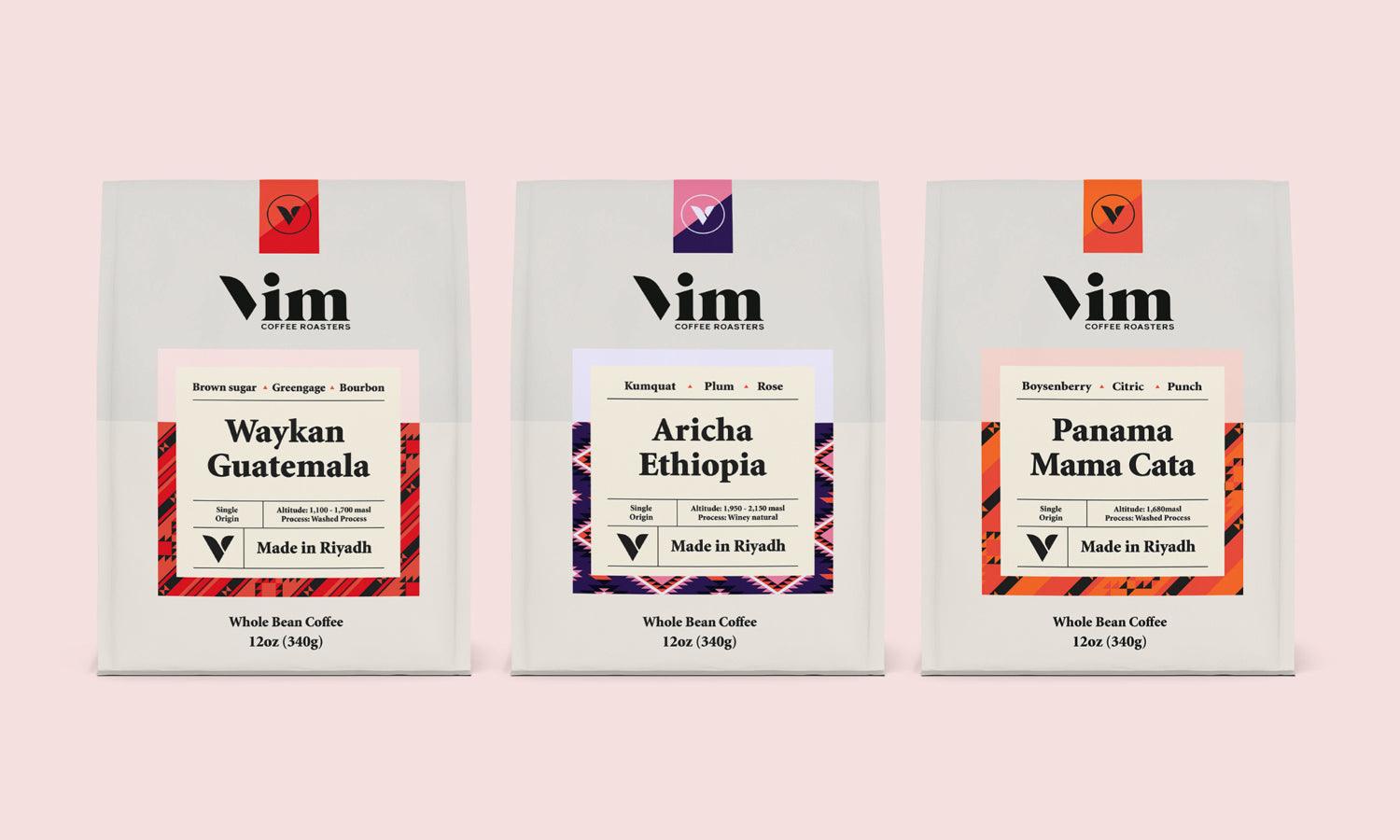
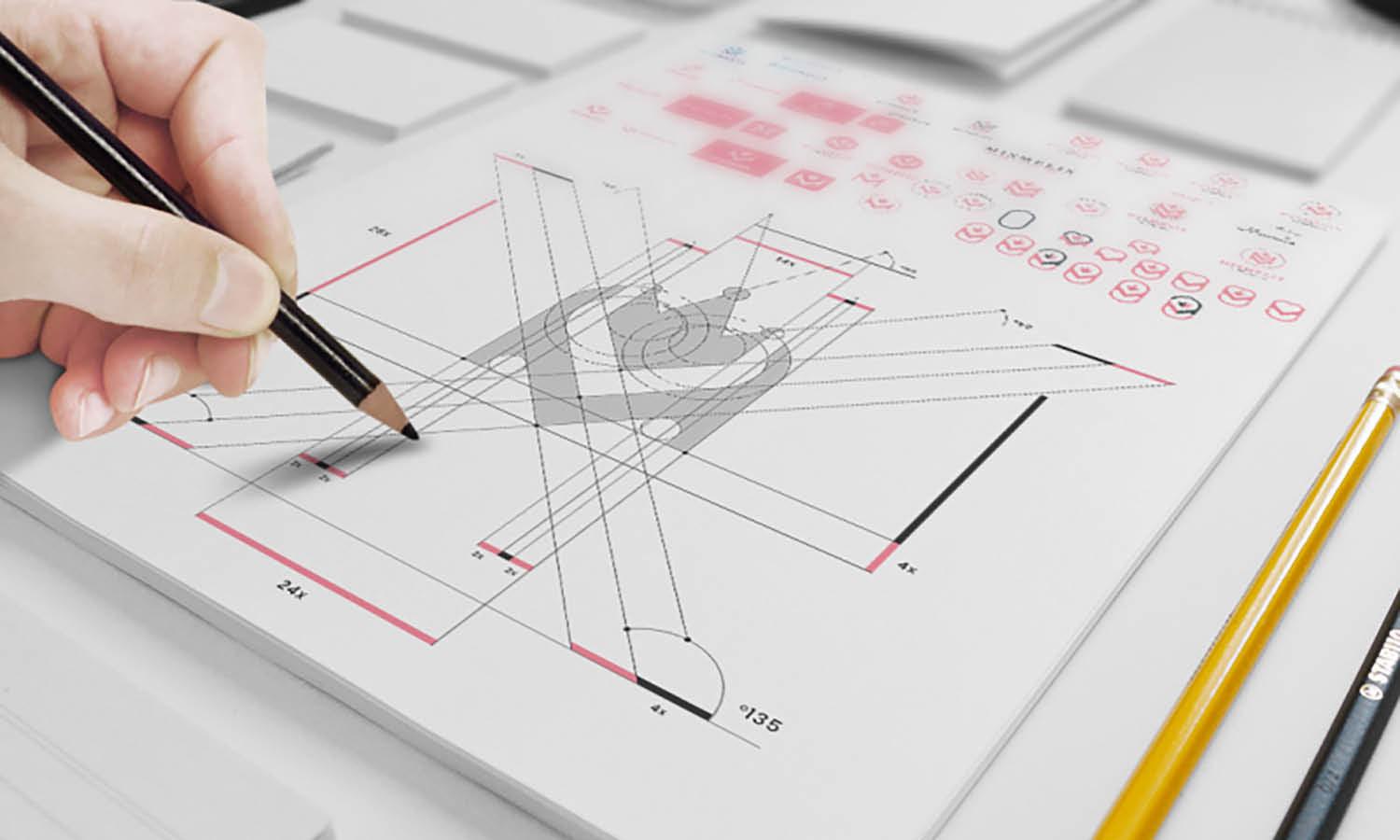







Leave a Comment